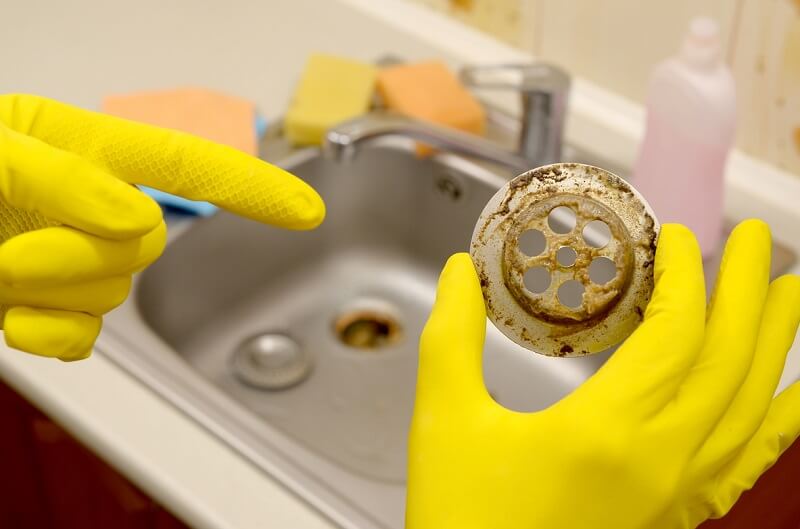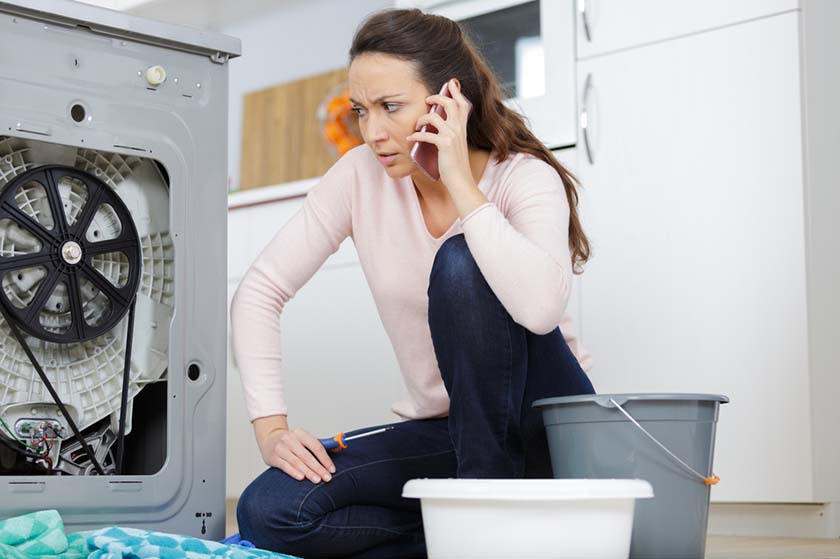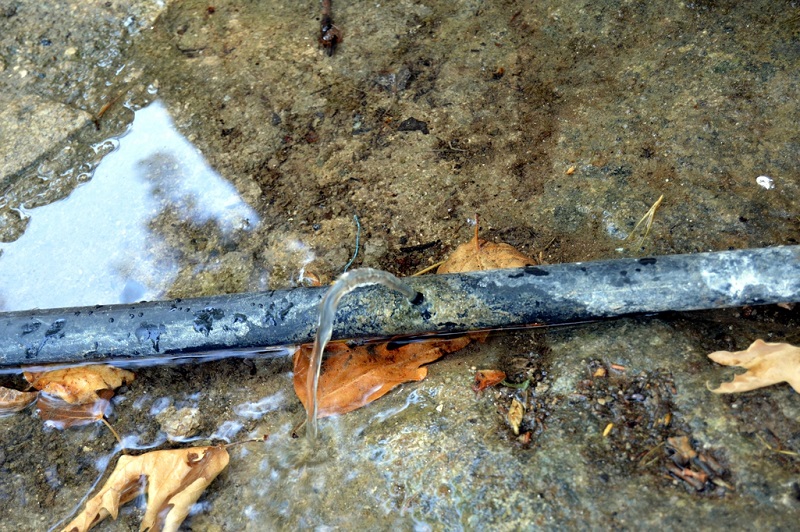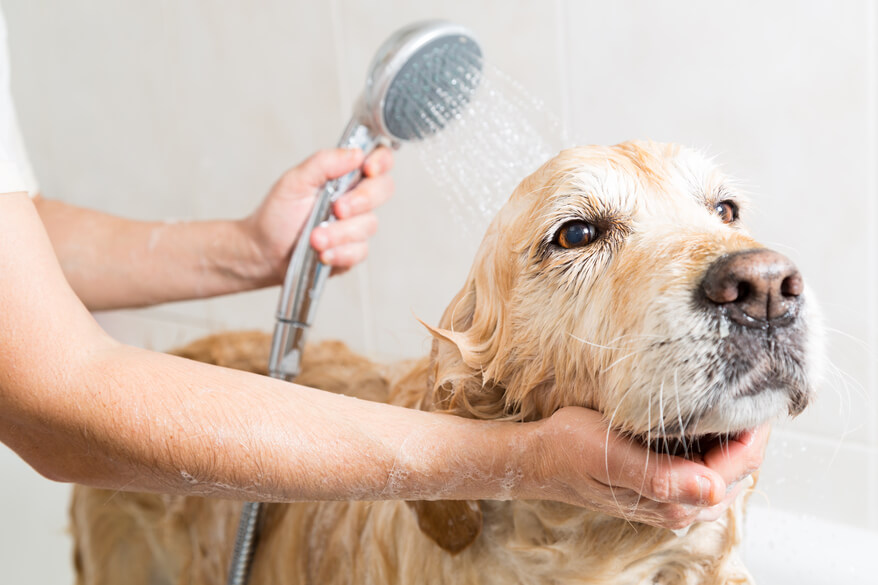Summer is a time when many residents of Etobicoke like to spend time at the cottage, visit family across the country or the world or take some time to visit a place they’ve always wanted to go. If you are fortunate enough to be in the process of planning a vacation, you may have a checklist for what you need to pack or what you want to see and do during your travels. But if you are going to be away from your home for any length of time, you should also have a plumbing checklist.
By doing some simple checks and tasks before you leave on holiday, you can help to avoid plumbing problems from occurring during your vacation. Here is a simple summer vacation plumbing checklist to follow.
1. Check for leaks.
You wouldn’t want to return to your Etobicoke home from a relaxing vacation only to discover that a leak from your toilet had flooded your bathroom. Take some time to inspect fixtures and exposed pipes for leaks. If you suspect you have a leak, be sure to get it fixed before leaving for your holiday.
2. Clean and clear drains and disposals.
If you know you have a clogged drain or disposal, clean and clear it before your vacation. Over time, clogged drains can begin to stink, and that is not a smell that you want to come home to!
3. Shut off the main water valve.
If you are only going away for the weekend, this may not be necessary. But for longer trips, having shut off the main water valve can save you a lot of headache should there be a major leak while you are away. Now if you have someone staying at your home while you are on vacation, you will want to leave the water on – although it is still a good idea to leave the number of an emergency plumber like D. Jason Plumbing with them.
4. Check the setting on your water heater.
Certain water heaters will have a vacation setting or conservation mode that can be turned on when you are going to be away from home. As long as you don’t have a house sitter who is going to need to take hot showers, switching your water heater to this setting can help you save on your utility bills.
5. Test your sump pump.
Summer storms can wreak havoc in many parts of Ontario, including Etobicoke. If your home has a sump pump, be sure to check that it is in good operating condition before you leave for vacation. Sudden heavy rains can overload the sewer system, which can cause water to enter your basement. Recently, in May of 2021, seventeen homes were flooded on Saturn Road, Boreal Road and Tranquil Road in Etobicoke due to heavy rain.
To test your sump pump, pour a bucket of water into the sump pit to be sure that the pump turns on. Making sure this vital piece of equipment is working can save you from coming home to a flooded basement!
Contact D. Jason Plumbing
If you have any concerns about the plumbing in your Etobicoke home, be sure to get your plumbing inspected before leaving for vacation. And to be extra safe, leave our number with a trusted friend or neighbour when you go.





